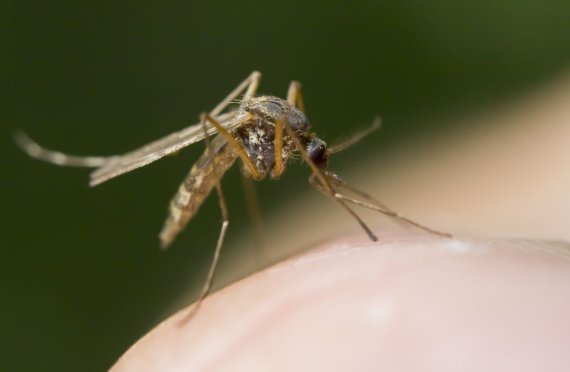Thousands of dead mosquitoes were sent in when Wageningen researchers appealed to the public for them in January and August last year. A worthwhile result, as it enables the researchers to figure out which species of mosquitoes are the biggest nuisance in the Netherlands. Last week the Dutch were once again called on to send their little whining pests in to Wageningen. Entomologist Sander Koenraadt, one of the initiators of Muggenradar. nl, explains why: ‘Last year we had a very mild winter; this year there have been regular frosts. We want to know how that affects the mosquito population, now and later on in the summer.’
The idea is to turn Muggenradar.nl into a long-term monitor, appealing to people to send in mosquitoes twice a year: once in the winter and once in the summer. From last year’s contributions the researchers learned that mosquitoes were far more of a nuisance in the winter than they had thought. Koenraadt: ‘It was striking that most of the problems were caused by the common or garden mosquito, the molestus. We thought it was rare here, but it turns out to have spread throughout the country.’
Spreading diseases
Although few Dutch people probably care which species of mosquito keeps them awake, it is important to monitor which species of mosquito are active in the Netherlands, says Koenraadt. ‘Not only does one mosquito cause more problems than another, but they can also carry serious diseases.’ According to the entomologist, we must be especially alert to the West Nile virus. ‘The question is not whether that virus will turn up in the Netherlands, but when,’ he says. ‘There are still no drugs to treat that virus, so the only way to deal with it is to get rid of the species of mosquito which carries it.’

